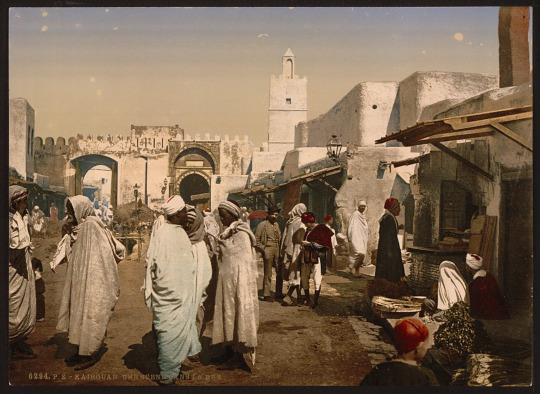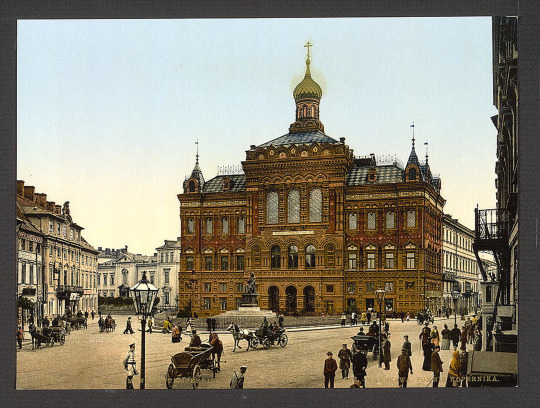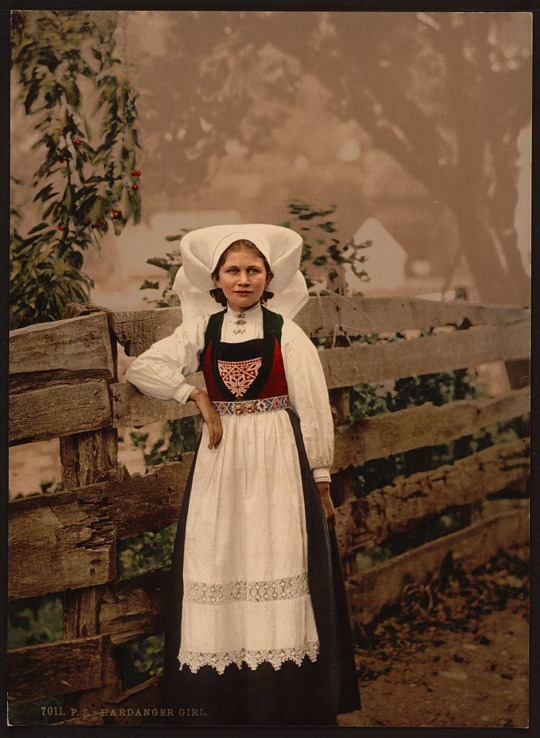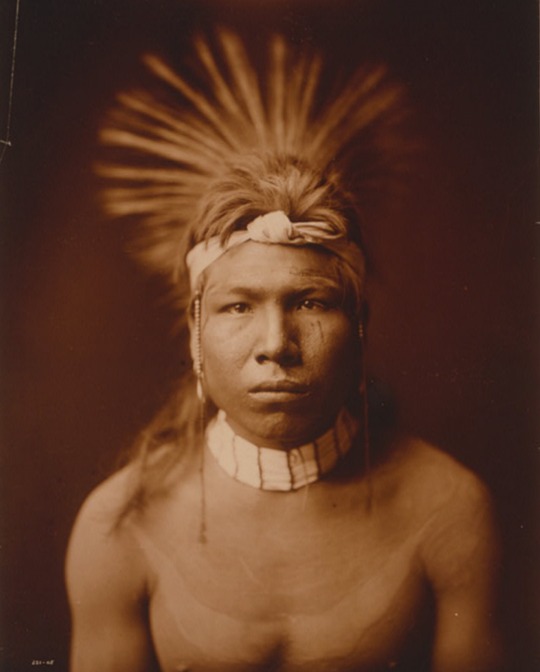#sula leucogaster
Text
BOTD: Brown Booby

Image credit: Duncan Wright
Brown Booby (Sula leucogaster)
Brown Boobies plunge-dive in flocks to take small fish, especially when driven to the surface by other predators. As pollution grows, Brown Boobies have been using marine debris to make their nests - 90.1 percent of these nests consisted of plastic. They are rather clumsy in takeoff and landing, and use the help of high perches and strong winds to assist them in taking flight.
#@staff it's just a bird please don't cancel me#birdwatching#birds#brown booby#booby bird#sula leucogaster#seabirds#sea birds#birding#bird#birdwatchers#tropical birds#bird fact#bird facts#bird fact of the day#animal facts#daily animal facts#ornithology
96 notes
·
View notes
Text
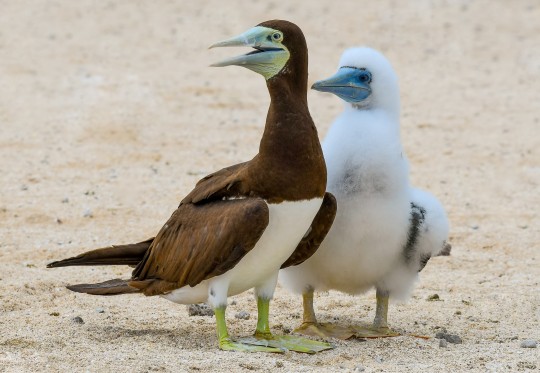
[1710/10977] Brown booby - Sula leucogaster
Order: Suliformes
Family: Sulidae (gannets and boobys)
Photo credit: Terence Alexander via Macaulay Library
679 notes
·
View notes
Note
Fun fact: technically 'Booby-' is a valid prefix, thanks to the red-footed booby (sula sula) and the brown booby (sula leucogaster)
What a beautiful ask to start off our morning with.
19 notes
·
View notes
Text
Animal of the Day!
Brown Booby (Sula leucogaster)
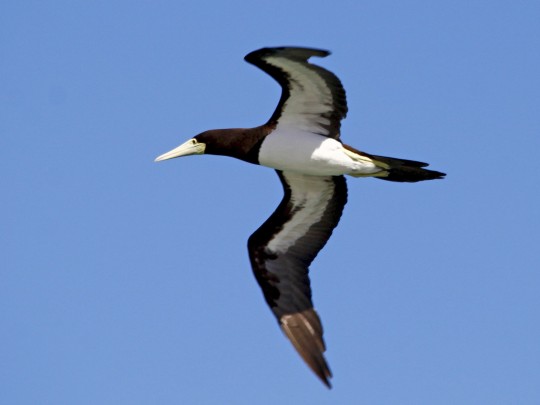
(Photo by Alan Atkinson)
Conservation Status- Least Concern
Habitat- Central America; South America
Size (Weight/Length)- 1.2 kg; 85 cm
Diet- Fish; Squid
Cool Facts- The brown booby is the most numerous species of booby. Living in small flocks, boobies spend the majority of their lives hunting along the coasts of Central and South America. Brown boobies use any item they can find to create nests, often incorporating plastic over seaweed. Massive nesting colonies fight for nesting space where each female lays two eggs. Of the two, only one chick survives with the chick that hatches second only surviving if the first dies. While not monogamous, booby pairs will stay together for a few years and raise several chicks before parting. Being heavy bodied, brown boobies use wind to take off from the ground.
Rating- 12/10 (Wears a permanent tuxedo.)
#Animal of the day#Animals#Birds#Sea birds#Monday#July 25#Brown booby#Booby#biology#science#conservation#the more you know
84 notes
·
View notes
Text
Brown Booby (Sula leucogaster)

Here is a juvenile brown booby flying low over water at a Caribbean port.
"Like many seabirds, Brown Boobies have a serrated, comblike toenail on their middle toe called a “preen-claw.” Boobies use it, along with their bill, to spread waterproofing oil from a gland in the tail throughout the feathers when preening. " - allaboutbirds.org
#photo#photography#photographer#photographylovers#birds#birdwatching#birds of north america#birdsphotography#birdlovers#birdphotography#birds nature#birdingphotography#brown booby#bird#bird photography#bird watching#birding
7 notes
·
View notes
Text
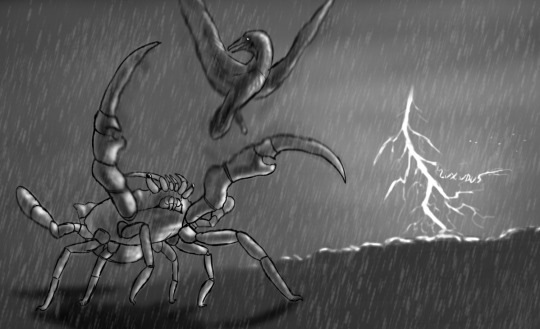
another old spectember drawing, enjoy the lore!
A recent mass extinction and Reforestation of the Sahara desert has brought in tons of odd species filling in niches left behind by all the big mammalian species that are now extinct.
A thunderstorm brews above the shoreline of west africa. A large descendant of Sula leucogaster was too late to fly out and attempts to find shelter. But circumstances have changed, and this bird cant stay on shore for any longer.
Emerging from the darkness of the horizon, A Dimachaerus crab (Gladitradurscer oramatrox) has found it's next meal. Evolving from the Grey Swimming Crab (Liocarcinus vernalis). This true crab has forgone Carcinization altogether, becoming an apex ambush predator of the coasts.
It takes this opportunity to run down the bird, It's 6 legs now face front and back rather than side to side, Allowing it to pursuit it's target at full speed. Adjusting It's old fins now as rudders to help it turn. It's abdomen has uncurled and now serves as a tail and counterbalance to It's most notable feature, It's oversized, sword like arms. They unfold and stretch out, ready to pounce like a preying mantis, Their finger has split into 2 segments, giving it more flexibility and retain it's ability to pick up food. The fingers have overgrown into sharp, sword-like weapons used to slice or even impale prey.
For a moment It seems like the bird has the upper hand, it takes the risk and begins to ascend and leave this treacherous beach. But the crab has one last trick up It's sleeve, It crouches down and jumps into the air, flailing it's arms it knocks the bird out of the air, crashing into the sand. The crab has won the hunt, It's life is replenished at the cost of another...
18 notes
·
View notes
Photo

Brown booby at Baker Island (via USFWS - Pacific Region)
Photo by USFWS / Dana Schot
Baker Island National Wildlife Refuge, part of the Pacific Remote Islands Marine National Monument, is a tiny ancient atoll that supports a diverse community of marine organisms including seabirds, marine mammals, turtles, fish, plants, corals, and other invertebrates.
Nesting and foraging seabirds dominate the landscape and seascape while sheer isolation and solitude help us see our place in the natural world.
The Pacific Remote Islands National Marine Monument is one of the largest marine conservation areas in the world and protects over 400,000 square miles and seven national wildlife refuges on coral islands, reefs, and atolls.
#Brown Booby#Sula leucogaster#Sula#Sulidae#Suliformes#Aves#birds#booby#seabirds#national monument#Baker Island National Wildlife Refuge#Baker Island NWR#Pacific Remote Islands Marine National Monument
46 notes
·
View notes
Photo
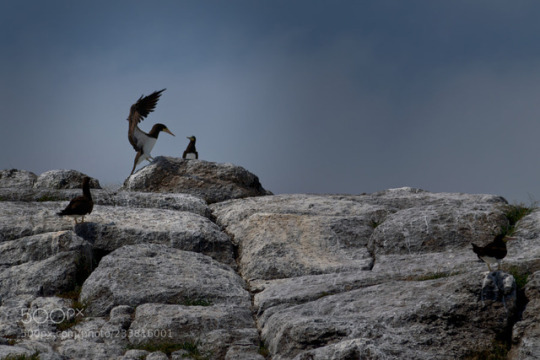
Atobá-pardo by sepultor http://ift.tt/2z7p0i2
#bird#rock#animals#flight#animal#nest#wild#dive#brazil#brasil#sao paulo#Brown Booby#Sula leucogaster
5 notes
·
View notes
Photo

March 11, 2017 - Brown Booby (Sula leucogaster)
Requested by: @gepwin
Found in tropical oceans around the world, these boobies nest on cliffs of rocky islands or on flat coral atolls. They eat squid and fish, particularly flying fish and anchovies, often fishing in areas where their smaller prey is driven to the surface by large predators and around fishing boats. Sometimes diving at prey from as high as 50 feet (15 meters), they also pluck food from the water’s surface, or steal from other seabirds. They nest on the ground in colonies, building mounds of branches, bones, grass, trash, and other materials. Pairs often remain together for multiple years and frequently reuse their nest sites. Both parents incubate, using the webbing of their large feet to warm the eggs. Reaching breeding age at around four or five, they can live for over 25 years.
52 notes
·
View notes
Text

Miss Fortune and brown booby(Sula leucogaster)
2 notes
·
View notes
Photo
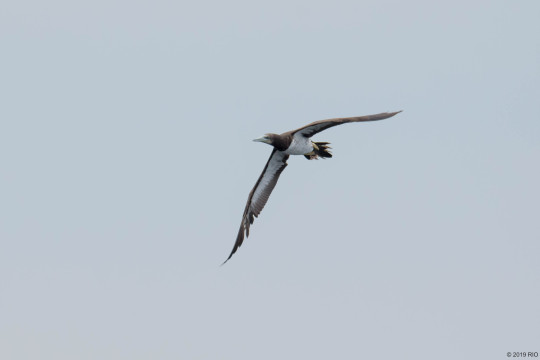
カツオドリ
Sula leucogaster
2019.09.21
東京湾
12 notes
·
View notes
Photo
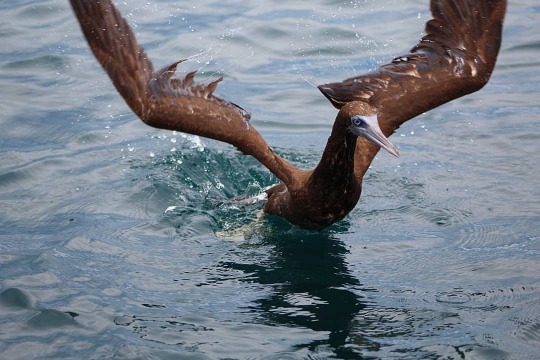
🦅Brown Bobby🦅 🤓Sula leucogaster🤓 . Many birds use marine debris to make their nests, the behavior had been seen in seagulls, pelicans, and others. Now that the problem with the trash had become more prominent, animals are using more trash to build their nests. Here is the summary of an interesting article that I found about the topic, which studies the nests of Brown Bobbies in Brazil and how the pollution is affecting them. 😢🐣🐥🐤 . ➡️Title: Nests of the Brown Booby (Sula leucogaster) as a potential indicator of tropical ocean pollution by marine debris. . Seabirds collect debris primarily nearby breeding sites, and thus they may be used to monitor these pollutants in the ocean. This study aimed to investigate the prevalence of marine debris used as nesting materials by the brown booby (Sula leucogaster) and to test the species selectivity to debris type and color in two coastal islands of Brazil. We found marine debris in 61% of the brown booby nests on both islands. . Fishing gear and hard plastic were the most frequent types of debris. A higher prevalence of fishing gear was found on the island with greater fishery activity. Similarly, hard plastic was the most frequent type of debris in nests and adjacent beach environment. The frequency of debris in brown booby nests can be a potential indicator of the abundance of specific items in surrounding marine waters. Monitoring debris in Brown Booby nests in the long-term may provide a better understanding of the species’ selectivity for specific debris. . ➡️Reference: https://www.sciencedirect.com/science/article/abs/pii/S1470160X16303041 . . . #panama #sky #animals #fauna #bird #ocean #sea #wild #wildlife #wander #canon #shot #America #places #discover #seabird #amazing #humble #fly #animal #nature #moments #photography #instanature #instatravel #biology #photo #picoftheday #pty #visit ❤️ (at Gulf of Panama) https://www.instagram.com/p/B48RV8SnPoM/?igshid=6fa010koler
#panama#sky#animals#fauna#bird#ocean#sea#wild#wildlife#wander#canon#shot#america#places#discover#seabird#amazing#humble#fly#animal#nature#moments#photography#instanature#instatravel#biology#photo#picoftheday#pty#visit
2 notes
·
View notes
Text
Brown Booby (Sula leucogaster)

Brown Booby (Sula leucogaster)
This is a juvenile brown booby on the docks of Costa Maya, Mexico.
#photo#photography#photographer#photographylovers#birds#birdwatching#BrownBooby#birds of north america#birdsphotography#birdlovers#birdphotography#birds nature#birdingphotography#brown booby#bird#birding#bird watching#bird photography
4 notes
·
View notes
Text
I went on a spectacularly successful pelagic birding trip last Sunday. To spare your dashboard from individual posts about each of the county year birds I added I’m going to put them all in one post, and I’ll throw in a cut to spare non-mobile dashboards from so much wonderful pelagic-birding content. 🙂
This was the long-range summer pelagic trip conducted by Island Packers, as organized by Ventura-county birder Dave Pereksta. We started from Ventura Harbor at 7 a.m., visited Anacapa Island, then motored west along the south sides of Anacapa and Santa Cruz. Once we reached the northwest corner of the Santa Cruz Basin (an area of very deep water south of the island) we headed south along the underwater escarpment that marks the basin’s western edge. Areas like that tend to be characterized by upwellings that bring nutrient-rich water to the surface, leading to more fish, marine mammals, and birds.
(Side note: I was too focused on the birds to pay much attention to the cetaceans, but we had great views of Minke, Fin, and Blue Whales, as well as several types of dolphins, during this part of the trip.)
We went south as far as a point about 7 or 8 miles north of San Nicolas Island, then turned east and headed to Santa Barbara Island. From there we made the final trip back north to Ventura, passing east of Anacapa. The whole trip took about 12 hours. About half of it was in Ventura County waters, so those birds didn’t count toward my Santa Barbara list; the other half was in Santa Barbara County.
Is it interesting to a non-county-list-obsessed person how the offshore county boundaries are drawn for bird-watching purposes? Probably not; apologies... But basically, county boundaries don’t actually exist far out in the ocean, so birdwatchers have come up with a system of assigning pelagic birding “counties” based on whatever the closest point of land is. This makes for an interesting patchwork off southern California, since some islands (Anacapa and San Nicolas) are in Ventura County, while others (Santa Cruz, Santa Rosa, and Santa Barbara) are in Santa Barbara County. Fortunately, keeping track of all that was up to the trip leaders: Super-experienced birders who got a free ride (I assume) in return for acting as guides for the paying customers, keeping the county-specific eBird lists and helping find and identify birds.
Enough meta; on with the birds!
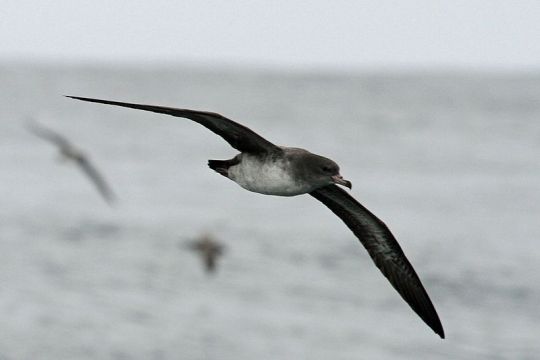
Pink-footed Shearwater (Ardenna creatopus)
Photo by Flicker user Greg Schechter
#277
We saw thousands of Sooty Shearwaters during the trip, but I’d already managed to add those to the list by scoping from shore at Ocean Beach Park west of Lompoc. The Pink-footed Shearwaters were another story, though. We saw lots of them mixed in with the Sooties, and I soon got familiar with their slightly slower flight style.

Red-necked Phalarope (Phalaropus lobatus)
Photo by Flickr user Andrew Cannizzaro
#278
We saw a few of these at various points during the trip, skittering away from the boat across the water. I’m pretty sure at least one group was in Santa Barbara County waters, though I won’t know for sure until the official trip lists are shared with participants.
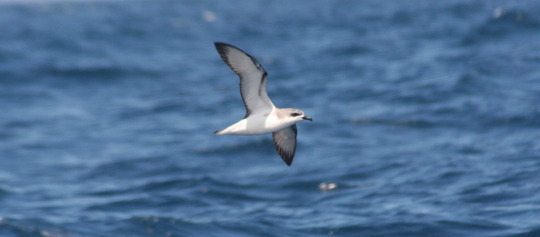
Cook’s Petrel (Pterodroma cookii)
Photo by Flickr user Duncan
#279
Such a cool bird! They breed in New Zealand, but during the Northern Hemisphere summer they range up into the eastern part of the North Pacific. Our trip leaders weren’t expecting to see them since we weren’t going to be far enough offshore, but surprise! We saw a lot of them in both counties; close to 100 in the final count. I loved getting to know their graceful, arcing flight pattern, the way they swoop down toward the water and up again, similar to but distinctly different from the shearwaters they were hanging out with.

Black Storm-Petrel (Oceanodroma melania)
Image by Wikipedia user Cato Neimoidia
#280
I’d never identified a storm-petrel before. I’m sure I must have seen them, having spent so much time sailing off southern California growing up, but almost all of that time I was racing, not birdwatching, and I guess I just kept the two activities compartmentalized. Anyway, I’ve now enjoyed quality views of a whole bunch of Black Storm-Petrels; we saw lots of them throughout much the trip.
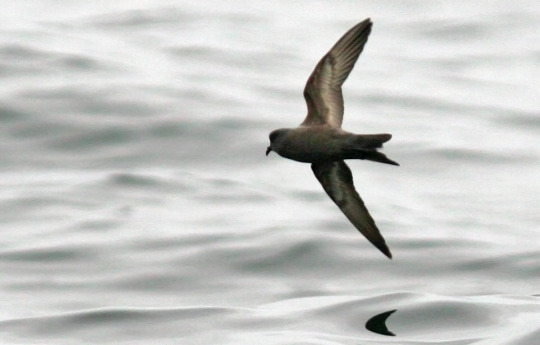
Ashy Storm-Petrel (Oceanodroma homochroa)
Photo by Jeff Poklen
#281
I was grateful to have expert birders around to help me learn these. Peter Gaede (who led our Big Pine Mountain survey trip) patiently showed me how the Black Storm-Petrels had deeper wingbeats, while the slightly smaller Ashies had quicker, shallower wingbeats. The difference was subtle, but with someone standing next to me to confirm the IDs it didn’t take long to be able to pick them out.
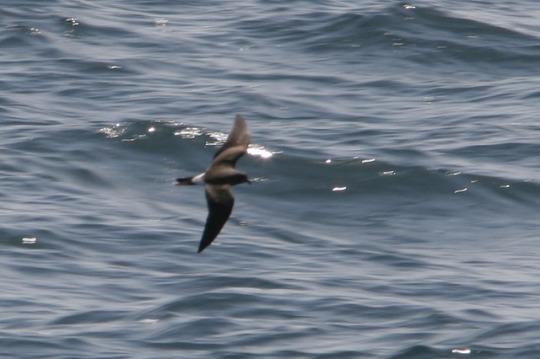
Leach’s Storm-Petrel (Oceanodroma leucorhoa)
Photo by Flickr user Marcel Holyoak
#282
Again, I was lucky to have experts around to find and point out the different storm-petrels in the big groups we motored through; I saw a few of these at various points. Some of the more-expert birders on the boat saw a few additional storm-petrel species, but I wasn’t able to get on any of those.
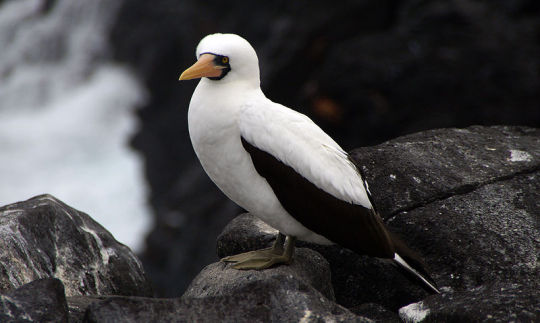
Nazca Booby (Sula granti)
Photo by Flickr user putneymark
#283
This is the bird (actually birds) that the trip leaders were most excited about. It’s a super-rarity that normally lives in the Galapagos Islands, but a few have showed up in Southern California in recent years. We saw one perched on Arch Rock on the east end of Anacapa; that one was something like the 3rd or 4th county record for Ventura County. Which was cool and all, but I couldn’t help feeling a twinge of regret that the bird hadn’t been a few miles away in Santa Barbara County. Fast-forward to late afternoon, though, as we were approaching Santa Barbara Island, when a second Nazca Booby appeared out of nowhere and flew right over the boat as dozens of giant lenses tracked it and snapped photos. Apparently that one was only the second Santa Barbara County record; it was a real privilege to be there for it. Officially the sighting will have to be approved by the California Bird Records Committee, but for my low-grade just-for-funsies county year list it definitely qualifies for now.
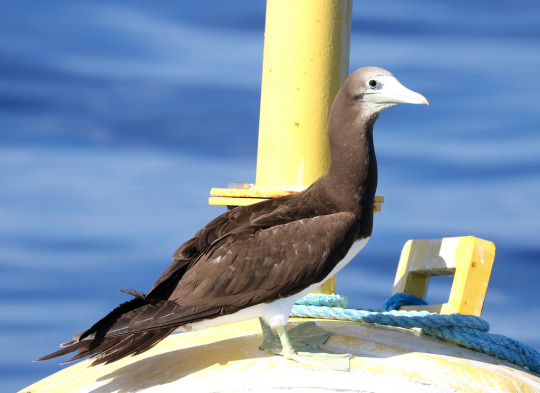
Brown Booby (Sula leucogaster)
Photo by Flickr user Alan Schmierer
#284
Another tropical species that has been expanding its range. I didn’t realize it before the trip, but last November Brown Boobies were discovered nesting on Sutil Island, a small islet a few hundred yards from Santa Barbara Island. We counted more than 40 of them perched on the rocky cliff as we bobbed a few boat lengths from shore.
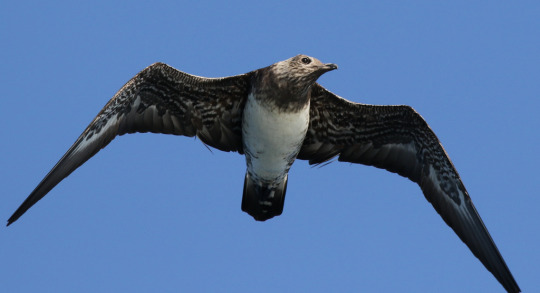
Long-tailed Jaeger (Stercorarius longicaudus)
Photo by Flickr user jacksnipe1990
#285
We saw a few of these near Santa Barbara Island; not the adult form with the long central tail plume that gives it its name, but younger birds like this one. I’ve got a soft spot for jaegers, and seeing these (we saw several) was really special.
That was it for new county year birds, but I also got some great new-to-me birds in Ventura County:
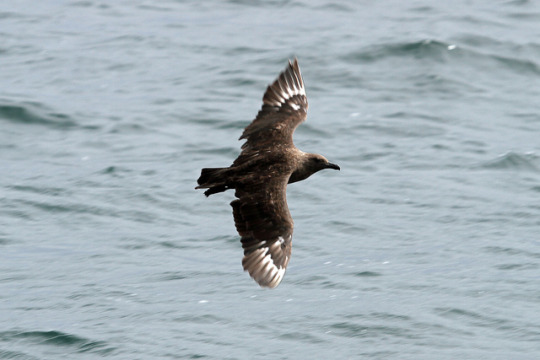
South Polar Skua (Stercorarius maccormicki)
Photo by Flicker user Greg Schechter
This one showed up to check out the chum line that professional bird guide Wes Fritz was ladling out from the stern as we cruised north of San Nicolas Island.
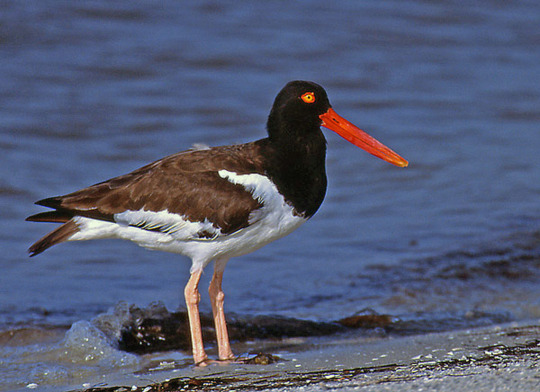
American Oystercatcher (Haematopus palliatus)
Photo by Wikipedia user Peter Wallack
One of the goals of the trip was to look for American Oystercatchers on the south shore of Anacapa, where they sometimes show up mingled with the local Black Oystercatchers. And... one was there! It’s not for-sure; hybrid American/Black Oystercatchers also tend to show up in Southern California, and there’s a complex formula called the “Jehl scale” that birders sometimes use to try to figure out how “pure” a particular American-ish SoCal oystercatcher is. I dunno; we got good looks and lots of photos of this one, and the assembled experts seemed to think the bird looked pretty good for American.
It wasn’t in Santa Barbara County, so I’m like ¯\_(ツ)_/¯
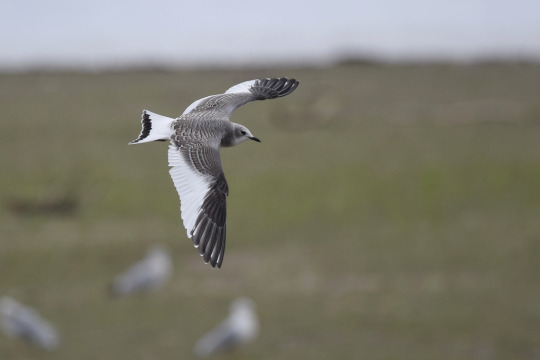
Sabine’s Gull (Xema sabini)
Photo by Flickr users Andy Reago & Chrissy McClarren
This one was a legitimate thrill for me; a bird I’d very much hoped we’d see, that I knew was a possibility but that was also far from a sure thing. It’s a pelagic gull that’s rarely seen from shore, and I was so happy to see it I didn’t even mind that it was in Ventura County.
And that’s it! On the way back the experts on the boat were fairly giddy; “one of the top 5 Southern California pelagic trips ever!” one said. I’ll take his word for it; it was only my second pelagic birding trip, so I don’t have much to compare it to.
But I sure had a good time.
10 notes
·
View notes
Video
prehistoric face by daniel ab
Via Flickr:
(brown booby swan / sula leucogaster) bali, indonesia
5 notes
·
View notes


